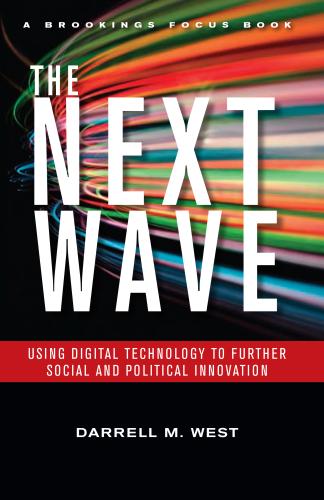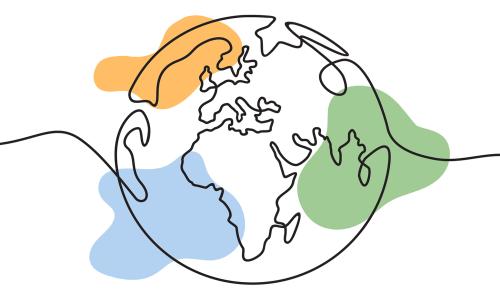Executive Summary
The social and political impact of new technology long has been debated among observers. Throughout American history, technological innovations – from the movable-type printing press in the 15th century, the telegraph in 1844, and the telephone in 1876 to the rise of radio in the 1920s and coast-to-coast television broadcasting in 1946 – have sparked much speculation. Transformationalists often claim that new technology will produce widespread consequences. Incrementalists, on the other hand, point to the influence of institutional forces—such as structural fragmentation within government as well as issues related to the investment cost and organizational structures of state and federal government—in limiting the speed and breadth of technology’s impact on the public sector.
This report assesses the nature of American state and federal electronic government in 2008 by examining whether e-government effectively capitalizes on the interactive features available on the World Wide Web to improve service delivery and public outreach. Although considerable progress has been made over the past decade, e-government has fallen short of its potential to transform public-sector operations. This report closes by suggesting how public officials can take maximum advantage of technology to improve government performance.







